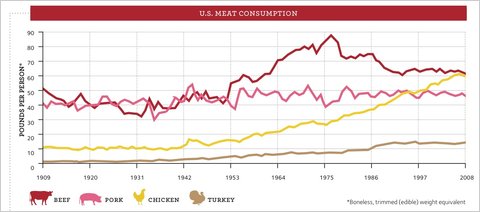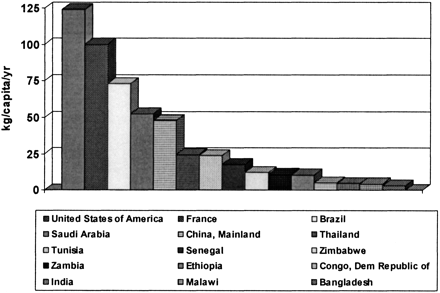On the heels of our post on food deserts, Family Inequality‘s Philip Cohen posted about “care vacuums.” In this case the research is referring to the shrinking number of nursing homes in the U.S., leaving people farther and farther away from the nearest nursing home.
Zhanlian Feng and colleagues found that between 1999 and 2008 we lost about 5% of all nursing home beds and these losses were disproportionately in neighborhoods populated by Blacks and Latinos. The maps below overlays the racial composition of neighborhoods (darker = higher percent minority) with open nursing homes (in black) and nursing home closures (in red). Both seem to be disproportionately in minority neighborhoods, but Feng et al. showed that the closures are even more so.
Just as food deserts make it more difficult for people without access to personal, reliable transportation to get fresh, affordable food, care vacuums make it more difficult for those same people — disproportionately Black and Latino, and disproportionately poor — to visit loved ones in nursing homes. Ironically, this is despite the fact that use of nursing homes by minorities is rising and, among whites, falling.
Lisa Wade, PhD is an Associate Professor at Tulane University. She is the author of American Hookup, a book about college sexual culture; a textbook about gender; and a forthcoming introductory text: Terrible Magnificent Sociology. You can follow her on Twitter and Instagram.



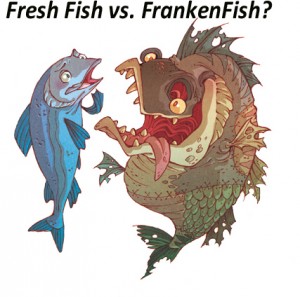
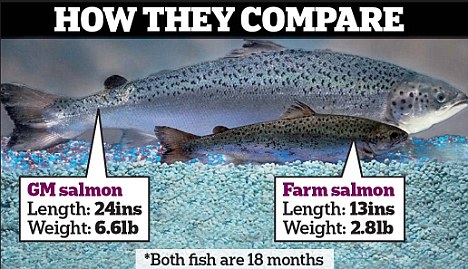

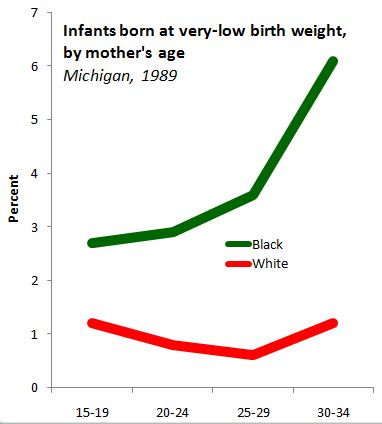

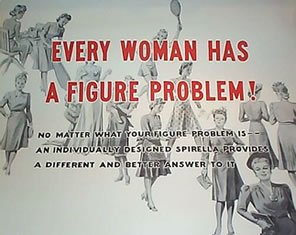

 (
( (
(